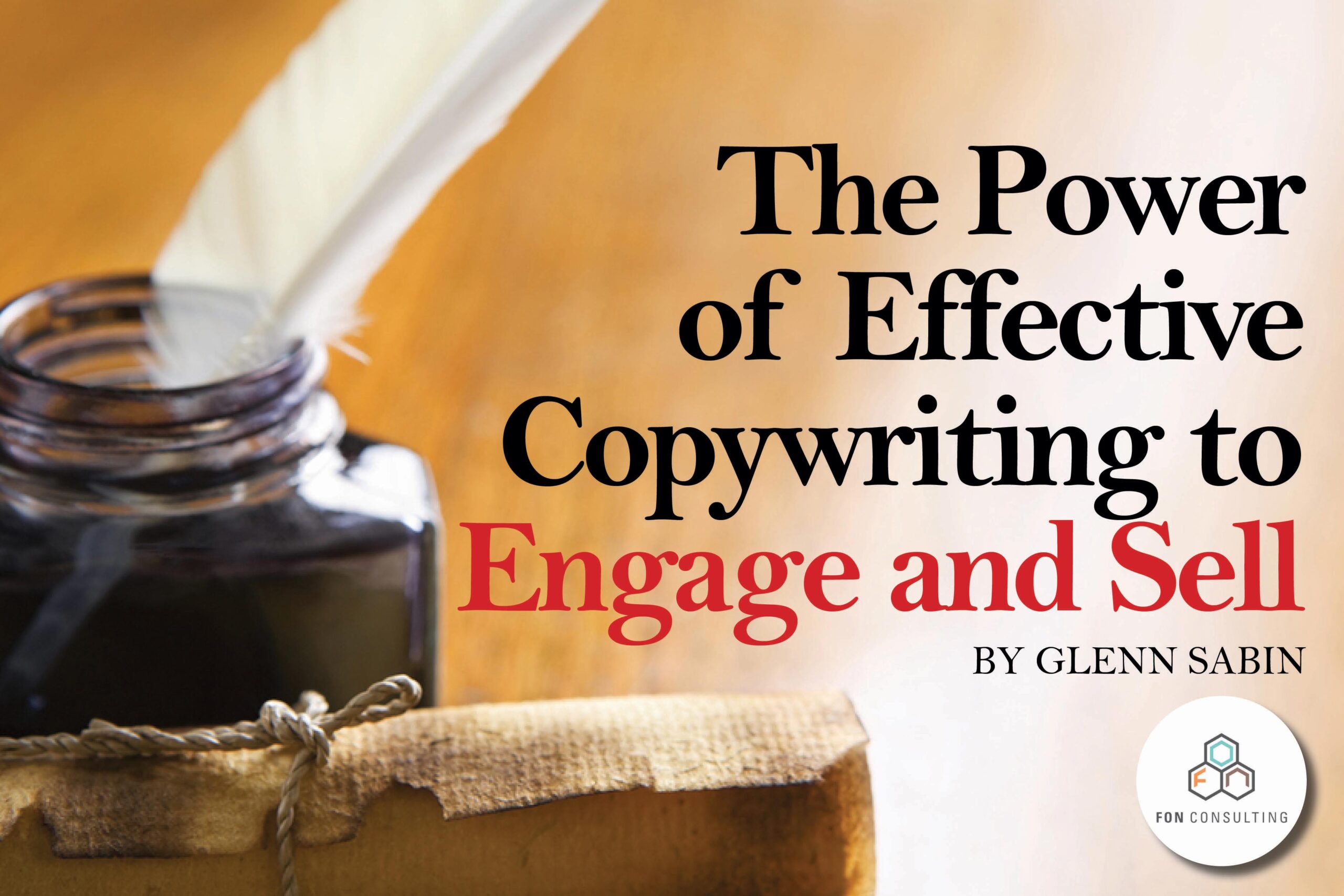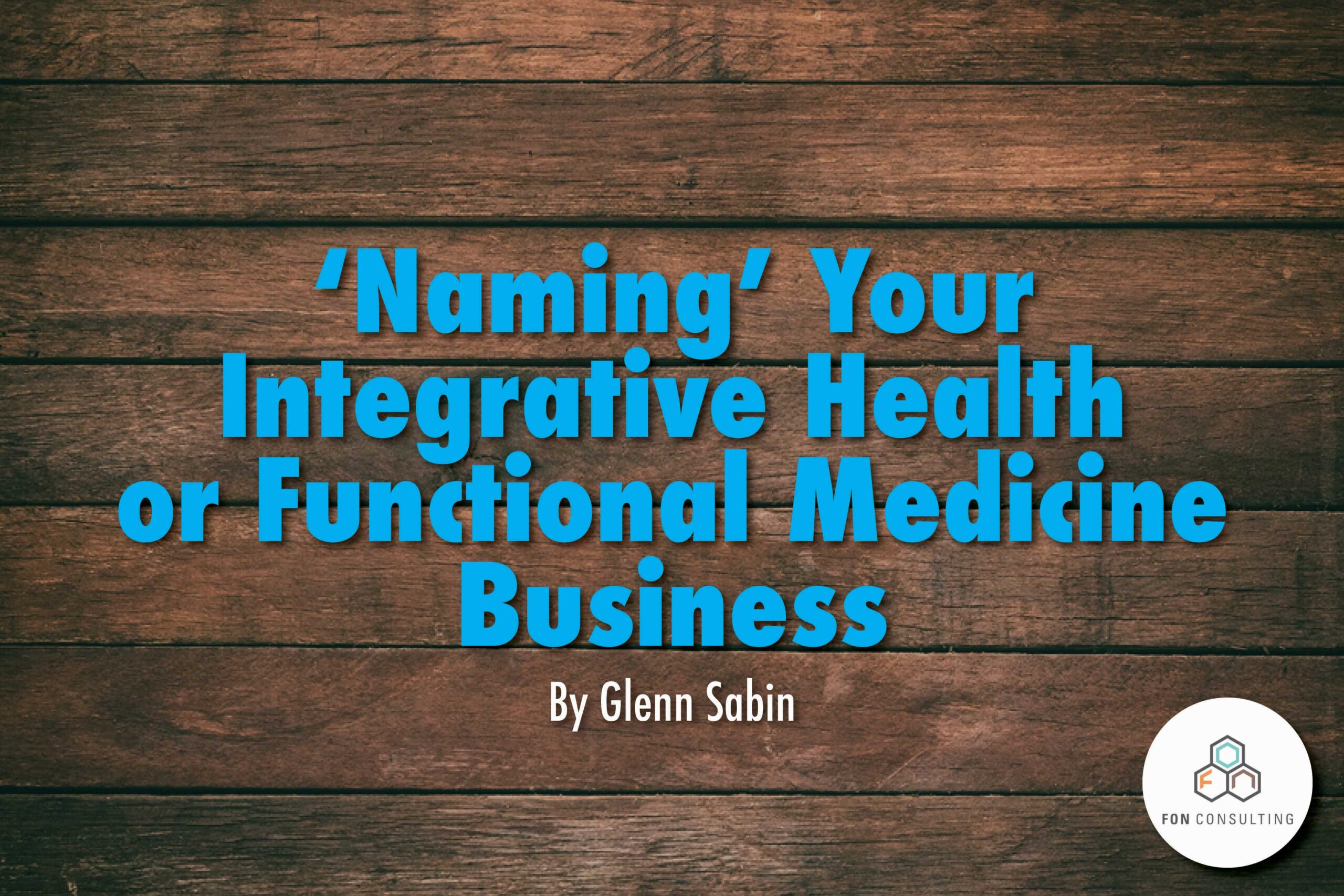How to Effectively Use LinkedIn to Sell Integrative Health Products and Services
By Glenn Sabin

This article focuses on utilizing LinkedIn for sales, business development, and partnerships via organic methods through meaningful engagement, by building long-term rapport, and not being, well, annoying. This piece is not about paid advertising or LinkedIn marketing automation lead tools.
I love LinkedIn and use it daily. It’s my favorite go-to social platform. Incredibly effective, it has consistently driven business for FON and my personal brand over the last decade. I currently enjoy over 10,000 first level connections and 9500 followers.
Every practitioner, educator, executive, researcher, influencer—pretty much every working individual—should create and optimize a comprehensive, on-brand LinkedIn profile. This is especially important if you do not have a personal brand website.
But… how many times a week are you invited to connect with someone you don’t know on LinkedIn?
No sooner have you lightly vetted and accepted an invitation, their boilerplate sales pitch arrives with the ubiquitous ask: ‘let’s hop on a short call to discuss’. Or more inventive, though no less annoying, scribes like this gem:
I don’t want to become one of “those people” on LinkedIn… you know the kind that just keeps pestering you until you tell them to go kick rocks. I get it. I get tons of messages like that too and I don’t want to be that guy. But I did want to check back in as I didn’t hear back from my last message. I would love to grab a virtual cup of coffee and chat. Open to a virtual meeting? ~ Anonymous
And I’m not talking just about the myriad vendor sales calls for social media help, web development, app programmers, and virtual assistant pitches from around the world—these days we all get those never-ending spam lobs from LinkedIn. Nor am I describing the now-numerous LinkedIn automated marketing lead tools. I’m mostly referring to representatives focusing on business-to-business sales of products, services, or affiliate sales programs, all under the larger umbrella of the integrative health ecosystem. Organizations within the tribe—those who should know better—along with the general medicine and wellness sectors hawking EMRs, supplements, medical devices, apps, conferences, medical journal paper submissions, courses….
Accepting New Connections on LinkedIn
As a rule of thumb, I don’t need to know you or be connected to scores of people you are connected with in order to accept your invitation to link. If you are immersed in the health and wellness field and provide goods or services or quality-directed work that might be of potential value for me or my clients, I will accept your invitation. If you take the time to preface your invite with a meaningful note about why you would like to connect, that is appreciated.
I apply this same criteria to those within the marketing, legal, technology, content, and media fields because, as a business development and marketing consultant, each of these industries connects to the work I do.
Enjoying this article? Subscribe and get our latest, delivered straight to your inbox.
If you are a wealth management advisor, real estate broker, MLM representative, medical conference organizer, I will take a quick peek but may not accept the connection.
Effective Selling on LinkedIn
LinkedIn is an amazing tool for reaching executives and developing and nurturing substantive relationships. You can successfully ‘sell’ and influence on LinkedIn.
Successful influencing through LinkedIn takes time. You need to know what behavior to avoid and how your energies should best be directed. You need a plan.
I know first-hand that the link-and-pitch strategy—one deployed by too many folks—is both annoying and wholly ineffective. As such, Linkedin has not done enough to monitor and address this growing problem, even while its users write about the problem and how best to deal with it in articles like this one.
The Do’s and Don’ts of LinkedIn Selling and Engagement
- Don’t: Transfer your LinkedIn connections’ email addresses to an email marketing platform. That is called spam and it will turn off new connections.
- Instead… Do: Engage through LinkedIn, the network where proper permission was granted from the receiving party. If they connect with your work and mission, and you meaningfully engage, at some point they will cleanly opt-in to your list. Use the platform to communicate and develop the relationship.
- Don’t: Throw up a LinkedIn profile with no picture (avatar) or sparse information about yourself and your background, and immediately start attempting to build your connections.
- Instead … Do: Take your time. An incomplete placeholder profile that is ‘live’ may be worse than a comprehensive profile that is not properly fashioned to position your personal brand, business brand, and goals for success. Be sure to populate every appropriate section of your profile. Make sure to include a professional image. Follow best practices for optimizing a strong, compelling profile… and pay attention to spelling and grammar. If you want to be taken seriously, don’t skimp or rush any aspect when creating your LinkedIn profile.
- Don’t: Send invites without an accompanying note, especially if you do not have an existing relationship with the person you hope to link to. Sure, they may connect anyway, but you are reducing that possibility—and you have missed the opportunity for an initial spark.
- Instead… Do: Study your invitee’s profile, their website(s) and writings, and the groups they participate in, to get a clear idea of who they are; this will give you something interesting to comment on when asking for the connection.
- Don’t: Immediately pitch your newly linked contact, four minutes after your invite is accepted, with your verbose biography (or shorter biosketch) and business interests.
- Instead… Do: Allow the new ‘relationship’ some breathing room. The mention of an impressive article by someone else, in an abbreviated, well composed—read: genuine—note will impress more. Provide value. Be helpful. After all, isn’t that what you’d prefer?
- Don’t: Send ubiquitous hard pitches and clichés. If the invitee is someone new to you, or you otherwise don’t know a lot about their work, goals, and priorities, resist these disingenuous one-liners: ‘How are you doing in these challenging times?’ or ‘I really care about getting to know each of my connections here on LinkedIn’ or ‘What are you working on these days?’ People see right through this crap. I go into my profile and immediately remove these connections.
- Instead… Do: Take the time to understand your new connection, the work they do, and your common networks. Engage positively from a position of knowledge based on an actual understanding you gained from this person’s profile, company website, and other external links.
- Don’t: Create group message threads with folks who you barely know, or those you are looking to directly sell to in this fashion.
- Instead … Do: Create energy and momentum through collaboration. If you absolutely know each person in your selected group, and the subject matter is germane to their interests, by all means see if you can create a connection through what is essentially a group email via the LinkedIn platform. Or better yet, create and/or participate in a LinkedIn group that is germane to your area or business of interest. Engage folks around posts—those that you create as a thought leader or budding neophyte—or comment on posts authored by others. Get to know people within your group and message them directly to connect. Group conversations can then be considered amongst a collection of individuals with similar professional interests—interests you have already shared and engaged around.
In Conclusion
Utilizing LinkedIn for marketing and sales can be very effective because it’s the most powerful B2B social platform. But no one likes a pushy, ill-informed salesperson. Aim to have conversations that lead to authentic connections, and take the time to learn about whom you are ‘pitching’ to and what their real world needs may be instead of shoving your integrative health products and services, and videos and webinars at them.
You are (hopefully) in this for the long-term. Slow and steady creates genuine connections, meaningful, professional relationships and, over time, a much stronger pipeline of high-quality sales leads and referral sources via the powerful LinkedIn ecosystem.
Are you on LinkedIn? You should be. You can send me an invitation here.
FON also has a group page and a company page.
About FON
FON is a leading integrative health and medicine business development and strategy consulting firm. FON specializes in custom solutions for growing patient volume, developing programs, and increasing product sales. Our practical business models are driven by innovative marketing, clear messaging, and customer engagement via branded storytelling.
Photo credit: bigstock.com/tashatuvango

Read Glenn’s story.





















